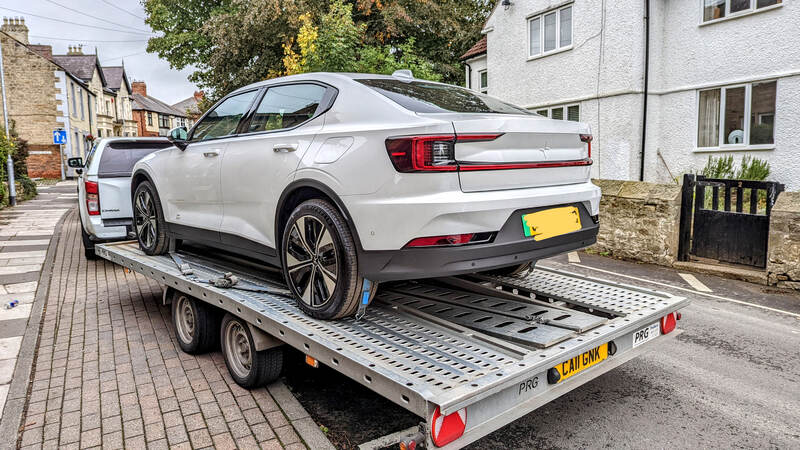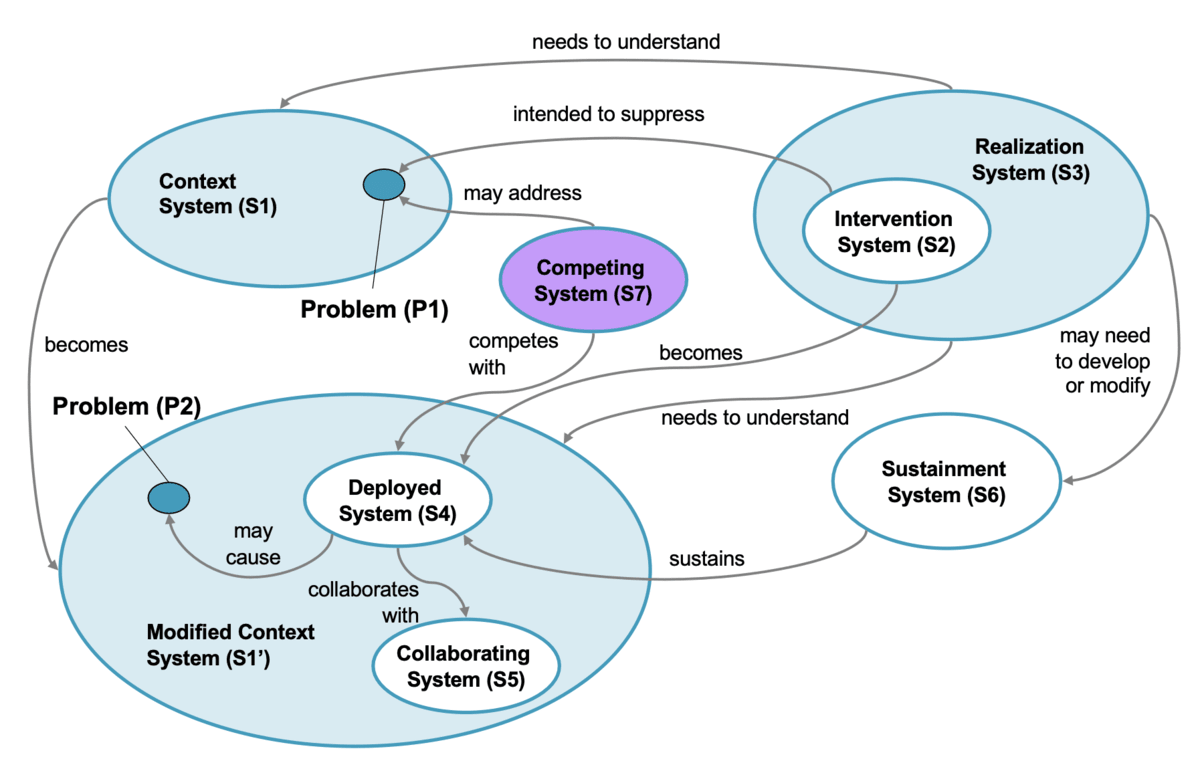Weeknote 39/2023

I’m composing this while sitting in my Polestar 2, an electric vehicle (EV) which was delivered as a business lease on Thursday. Right now, it’s early on Saturday morning and it’s charging at the EV charging point in the centre of Morpeth.
In my thesis, I talked about ‘literate behaviours’ and how these change over time. Some of these constitute tiny shifts, while others are huge. Our sense of self and how we understand the world can be impacted by small changes in our digital world. So figuring out how and when to ‘charge’ a car, as opposed to fill it with combustible fuel, moves a vehicle that only had to be mentally tabulated as ‘physical object’ into the digital realm.
Last year, we bought a battery-powered Nest doorbell. Just like our new car, it requires charging. This was novel and something to think about when we first got it. Now, we just get a notification that it needs charging, and then we take it off the wall and plug it in a time when we’re not expecting visitors or deliveries.
I should imagine something similar will happen with our car. Even though I’ve only had it a couple of days, partly to get used to the process, I’ve charged it a couple of times. The first time, I left it, went for a run, came back and it was charged. This time, I’m taking the opportunity to sit and write this while it does it’s thing. We have to learn how to build a life that includes both digital and non-digital behaviours.
Anyway, enough about EVs. I’ve also recorded a microcast about it, for goodness sake: like vegans, it’s easy to spot an EV owner because they’ll tell you. 😉
Let’s talk about this week. Work continues to be a bit slower than usual, Laura is away sailing in the Greek islands, and Anne‘s back (and finished her degree!)
While I enjoy earning money and feeding my children, one of the good things is that I’ve had more time to read and write than usual; I haven’t had to cram it in around other stuff.
In terms of reading, I read, and then transferred my annotations to separate notes, when I re-read something recommended to me called Secret Tradecraft of Elite Advisors.This is a short, very direct book which gives extremely good advice about being a consultant (or ‘trusted advisor’ as the author prefers). I particularly liked the suggested mantra that you’re in the expertise business, not the service business. Lots to dwell upon.
And then in terms of writing, I’ve kept up with my daily practice at Thought Shrapnel of commenting on three articles. One of these was the very sad news this week that, in a mindless act of vandalism, the iconic 200 year-old tree at Sycamore Gap on Hadrian’s Wall was felled. The whole area is in shock.
I tend to comment on what ever articles interest me with Thought Shrapnel, and comment on them however I see fit. If you’re new it, though, perhaps sign up to my newsletter to get a weekly overview so you can dip in to posts that interest you. I’ve moved to Substack as of this Sunday, and you can subscribe here.
Here, I published an article which served as practice for a technique I learned on the UCL Systems Thinking short course I did last week. As I mentioned last week, I’ve registered for the Open University’s MSc in Systems Thinking in Practice, so I’ll be starting that in November.
In other news, and for those following the house drama, we’ve decided on the house we’re going to rent. It’s got enough rooms which are large enough for us to operate in as a family, which includes Hannah and I both working from home. The main concerns are that there’s only one bathroom for four adult-sized people, and that the parking situation for two cars isn’t ideal.
That being said, it is a Grade II listed building, and Oliver Cromwell did stay there once. I think you want a little bit of pain in a rental property that you stay in between house purchases. Otherwise you get a bit too comfortable. We’ll see.
Next week, some of the business development John, Laura, and I have done should start to pay off and I should have a bit more to do. I do want to work a bit more on our positioning and value proposition, though.
Autumn has very much arrived in Northumberland which, as I get older, I’m learning to enjoy a bit more by turning outwards rather than inwards. The colours of the leaves on the trees are verging on spectacular.



